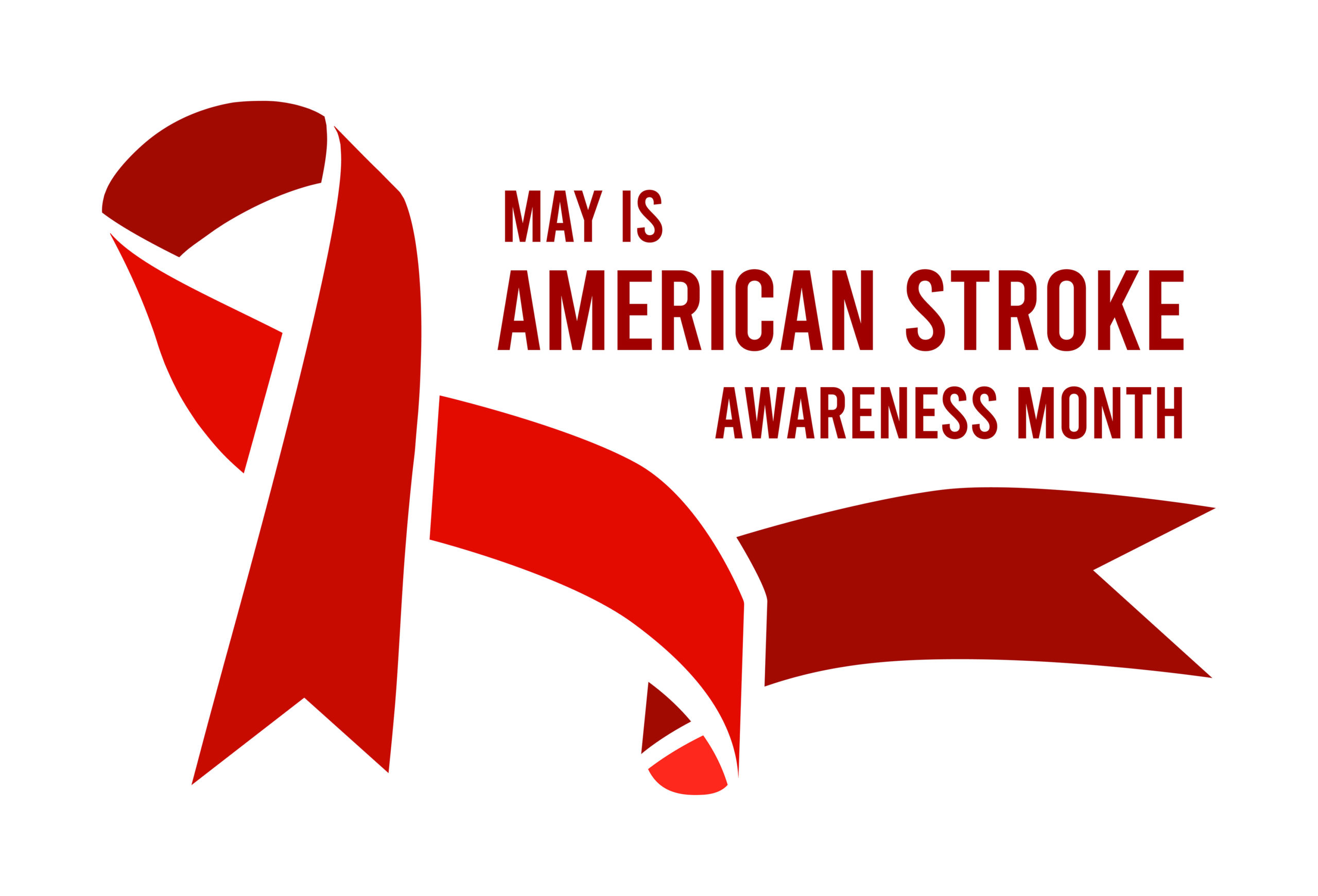Here’s Why It’s Important for You
Stroke is the number five cause of death in the United States, and a leading cause of disability. However, 80 percent of strokes are avoidable.
First, a definition: Stroke is a disease that affects the arteries leading to and within the brain. A stroke occurs when a blood vessel that carries oxygen and nutrients to the brain is either blocked by a clot, bursts or ruptures. When that happens, part of the brain cannot get the blood or oxygen it needs, which leads to the death of brain cells.
Stroke Types
Ischemic Stroke: Can be caused either by a clot obstructing the flow of blood to the brain
Hemorrhagic Stroke: Can be caused by a blood vessel rupturing and, likewise, preventing blood flow to the brain
Transient Ischemic Attack (TIA): Also known as “mini stroke,” it is caused by a temporary clot.
Effects of Stroke
The brain is an extremely complex organ that controls various body functions. If a stroke occurs and blood flow can’t reach the region that controls a particular body function, that part of the body won’t work as it should. The effects of a stroke depend on several factors, including the location of the obstruction and how much brain tissue is affected.
If the stroke occurs in the left side of the brain, the right side of the body will be affected, producing some or all of the following:
- Paralysis on the right side of the body
- Speech/language problems
- Slow, cautious behavioral style
- Memory loss
If the stroke occurs in the right side of the brain, the left side of the body will be affected, producing some or all of the following:
- Paralysis on the left side of the body
- Vision problems
- Quick, inquisitive behavioral style
- Memory loss
Remember how we said at the beginning that 80% of strokes are avoidable? There are certain risk factors that aren’t within your control, such as heredity, race, and gender—women are more prone to stroke. But there are a number of risk factors that you can address and manage fully. You can control or treat these risk factors with lifestyle changes and, as always, your healthcare provider’s help:
- High blood pressure
- Smoking
- High blood cholesterol
- Lack of regular activity
- Obesity or overweight
- Diabetes
Finally, the most important thing to know about stroke is how to recognize the symptoms. Time is of the essence: the more quickly a stroke victim receives medical help, the less severe the effects of the stroke will be. Here’s an easy way to remember what to look for based on this mnemonic (keyword) device:
FAST
- Face – By asking the person to smile you can tell immediately if one side of the face droops.
- Arm – Ask the person to raise both arms. Cjeck to see if one arm drifts lower than the other.
- Speech – Slurred speech is a symptom of stroke. Ask the person to repeat a single sentence.
- Time – Call 911. FAST! Time may be the difference between life and death, even partial and full recovery.
Sources:


